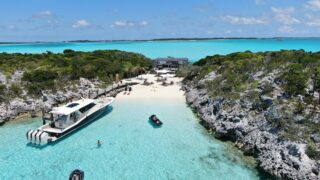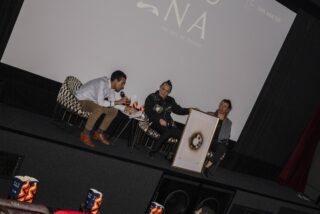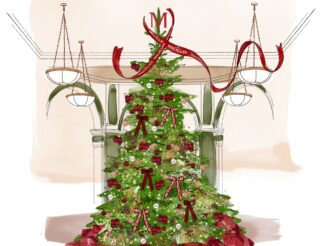This website uses cookies so that we can provide you with the best user experience possible. Cookie information is stored in your browser and performs functions such as recognising you when you return to our website and helping our team to understand which sections of the website you find most interesting and useful.
How Florian Kohlbecker became the architect of a new style of mountain skiing
By Michelle Johnson | 2 February 2018 | Culture, Lifestyle, Sport
As the PyeongChang Winter Games approach, Tempus chats to the bespoke ski maker about living on the edge
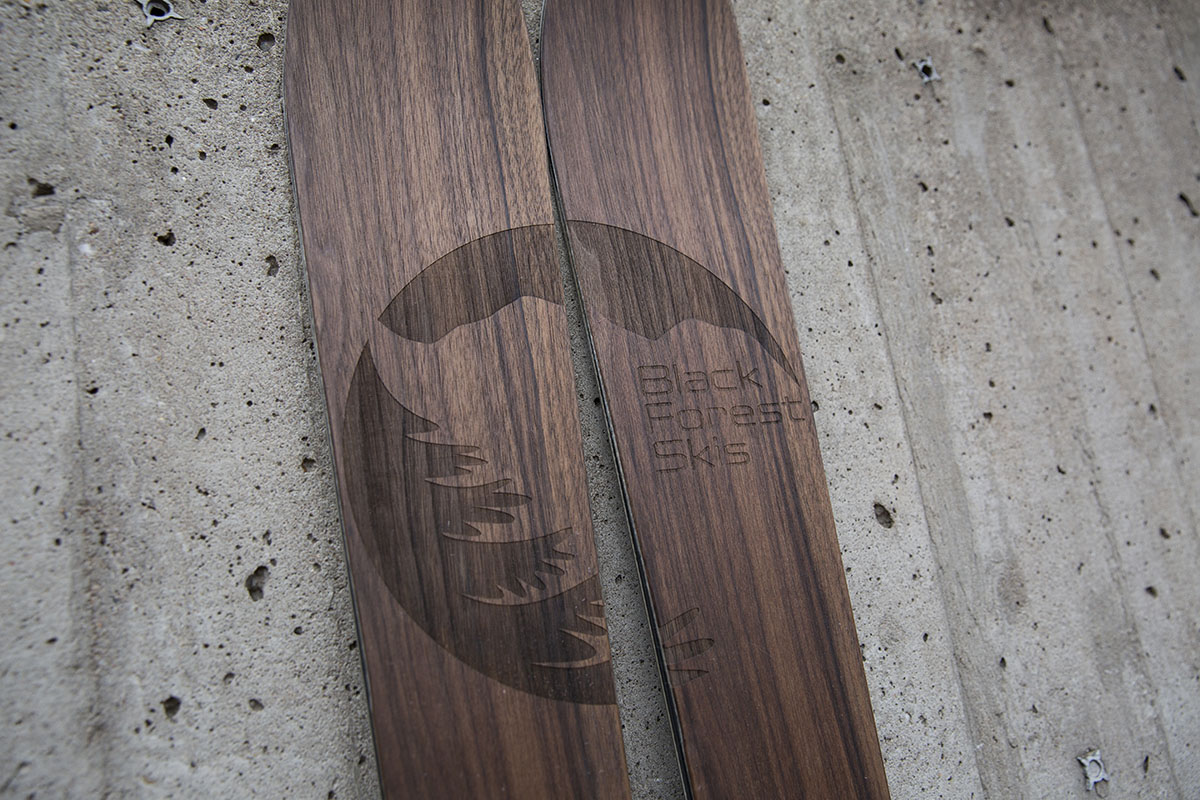
The PyeongChang Winter Olympics begin with a bang on 9 February, and for fans of snow-kissed sporting event and skiing alike know just how crucial it is to have the right gear for your descent. It’s not enough to just pack a parka or stow your salopettes – looking the part is as much about function as it is form, and there's no reason your skis shouldn't be as unique as the rest of your trip – especially if you're keen to reach that Olympic standard.
One very stylish solution comes from architect Florian Kohlbecker, whose background in carpentry and engineering – and passion for freeride mountain skiing – has put him at the forefront of ski design. Kohlbecker founded Black Forest Skis in 2006 to answer the question of how to tailor skis to the most untouched slopes available, and his customised, hand-made skis are some of the most exclusive money can buy.
“My love for skiing started in the army, where I was a mountain ranger, and I was entered into military ski competitions,” Kohlbecker said. “This is where I first discovered what is now heliskiing. We’d take detours in the chopper to find more remote peaks, which we’d race down.”
After his turn in the army, Kohlbecker trained as a carpenter before moving into engineering and architecture, becoming part of the third generation of his family to join Kohlbecker Black Forest Architects in Germany. His love of skiing took a back seat, until he became a test skier for a niche brand in the late 90s in Chamonix. From there, his passions became more professionally linked.
“In 2008, we won the job to develop the Sochi Winter Olympics Ski Jump in Krasnaya Polyana and it made me realise I could combine my engineering background with my love for the sport – it was time to build some skis,” he said. Personally selecting 100% white ash wood, glass and carbon fibre, Kohlbecker developed his first collection of 15 handmade skis for Russian buyers impressed by his work at Sochi. The following year, he made 100, and the company has been growing ever since. >>
Related: Take your skiing to even greater peaks with the adrenaline-fuelled sport of heliskiing
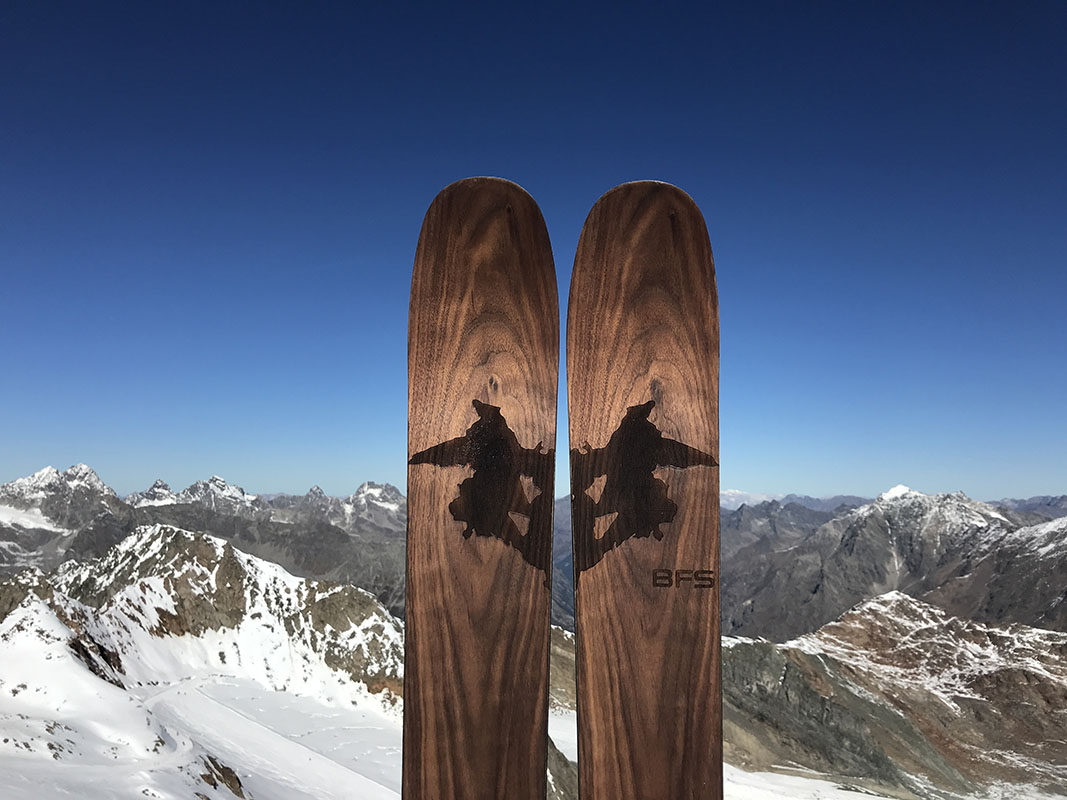
“I was so pleased with those first 15 skis, and the reaction I received from my customers. Since then we have partnered with professional skiers, customised skis for a professional heliski tour of Georgia and Iran, and produced collections for Monkey 47 Gin and Rigby’s. Every year it gets a little bit bigger.
“The key is that these are not mass-produced skis,” he explained. “Each pair is handmade with materials selected by hand, so I can check every piece of wood used on every pair of skis. The materials we use are the best of the best, adding carbon fibre and glass before edging the skis with stainless steel.”
One of the most exciting aspects of Kohlbecker's handmade skis is the option to engineer them entirely to your body – height, weight, balance and form. “Most mass-produced skis come in specific lengths and a standard flexibility. This is fine for most on- piste skiing, but when you get onto more difficult or demanding slopes, you need skis that can handle well.
“When we create fully tailored skis, we measure a person's height and weight to determine the length and flexibility required – for instance a professional sportsperson like a boxer might have a heavier weight to their height, and need stiffer skis that aren't available on the market, or vice versa – but we also analyse their form,” he said. “Where someone places their weight on the ski, how they balance, that all comes into building the ski. It can take up to six months of consultations to design a completely tailored ski.”
Kohlbecker said Black Forest Skis shine best when used for freeskiing – especially on the undisturbed paths of a heliskiing experience. “My skis are perfect for long descents, like if you’re heliskiing in Tehran and hitting a descent of up to 2km down the mountain. What's so amazing about these slopes is the way the weather conditions change around you as you descend – the condition of the snow changes very quickly, from a very light powder at the peak to hard and crushed beneath you.
“The skis that you choose for a sport like this is crucial, because the conditions can be quite dangerous. It’s also more fun, because with the wrong skis even an experienced person will lose a lot of energy very fast. You need something that can handle whatever comes at you, that will give you the control you need, so you don’t catch the edge.”



